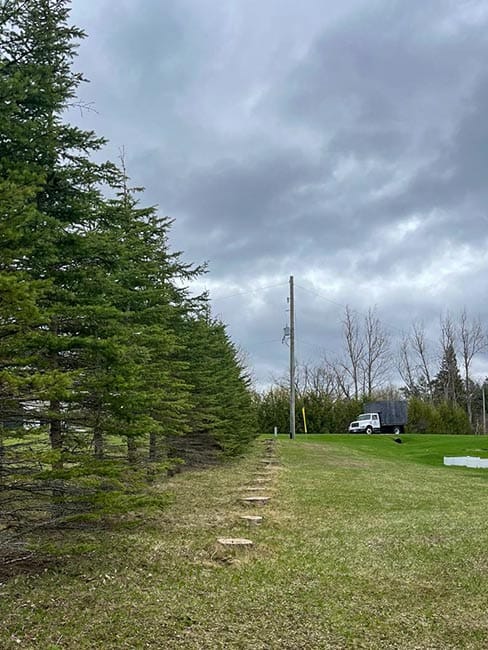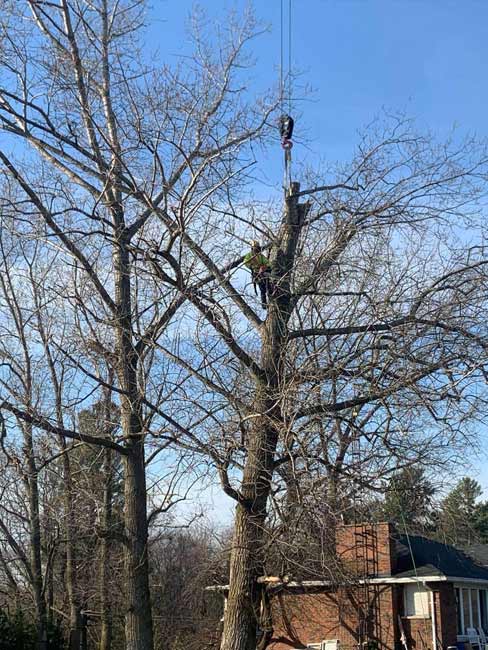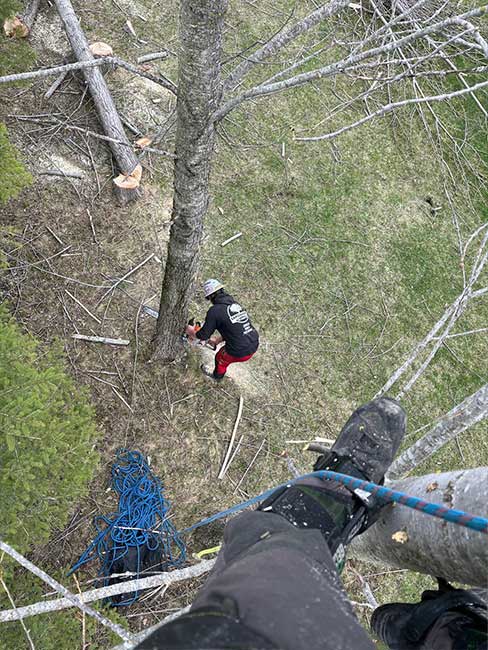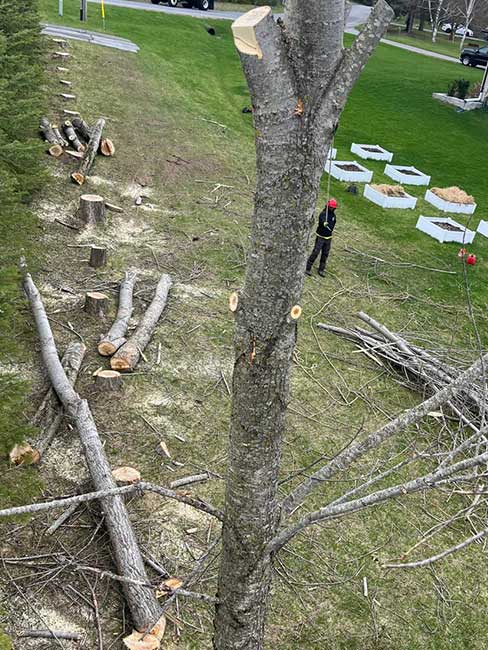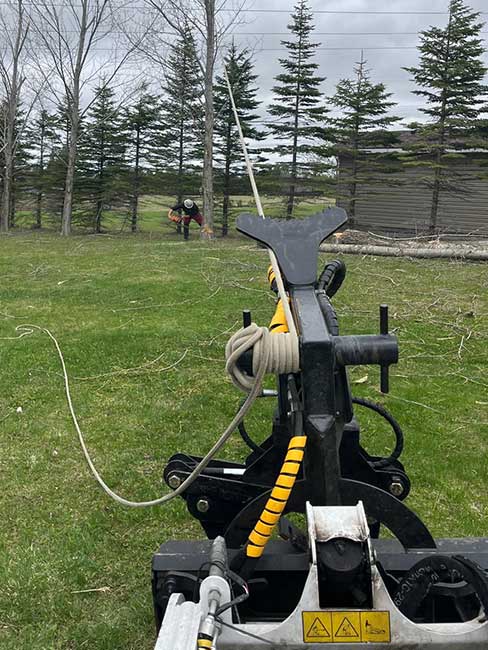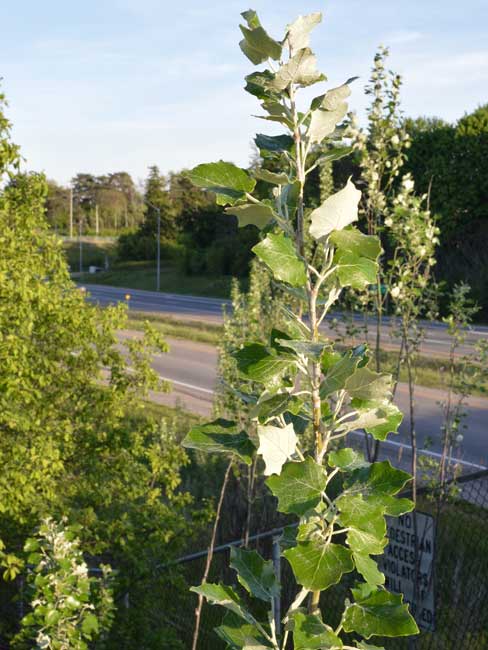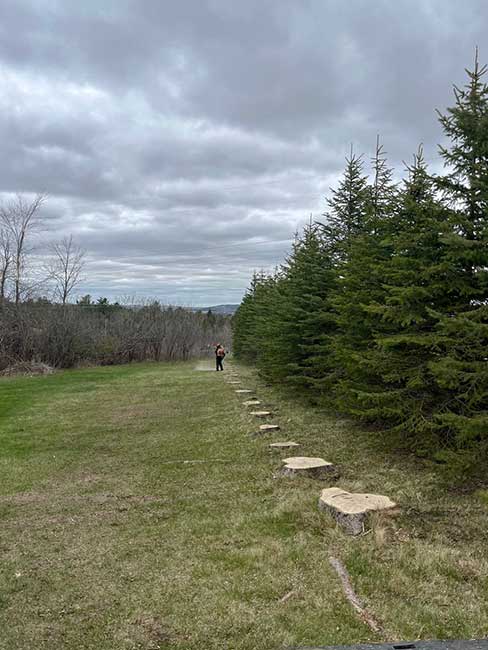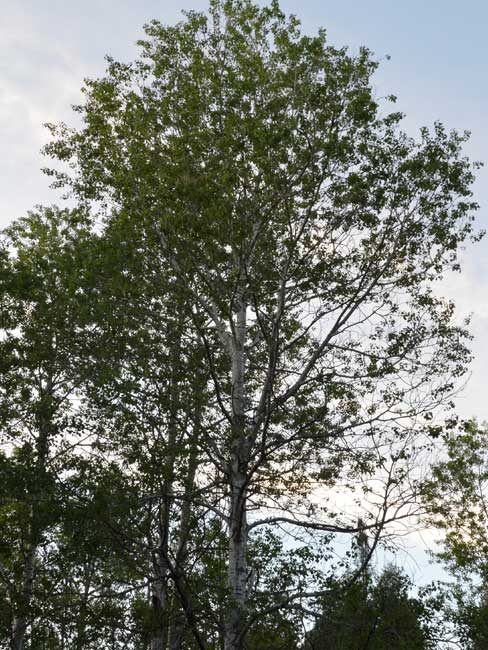Poplar Trees in Ontario
Storm Damaged Poplar Trees Removed in Millbrook, Peterborough County
Poplar Trees in Ontario: In early 2025, an unexpected ice storm hit Millbrook, Ontario, leaving a trail of damage in its wake. Many homeowners in Peterborough County were faced with fallen branches, broken trees, and the fear that their properties could be at risk in the aftermath. For one homeowner, this meant dealing with 11 poplar trees in their yard that were badly affected by the ice.
Poplars are a beautiful addition to any landscape, renowned for their rapid growth and impressive height. However, they’re not always the best suited for extreme weather conditions. With their shallow roots and brittle branches, poplars are more vulnerable than many other trees during storms. Left without the right maintenance, these trees were weakened before the storm even hit. As the ice accumulated on the branches, the weight caused multiple limbs to snap and others to lean dangerously towards the property. The risk was real, and action had to be taken quickly.

